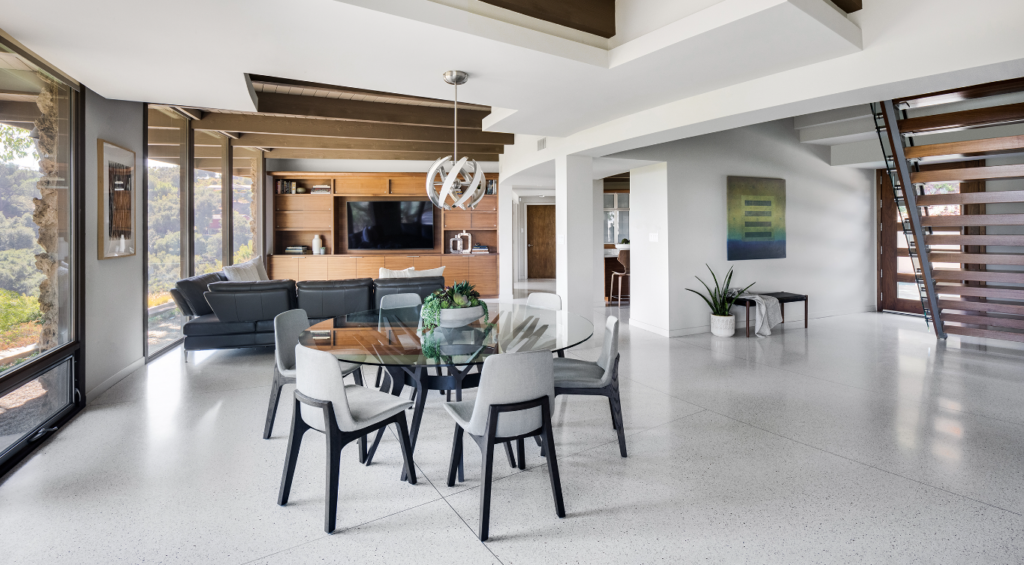Melding the timeless charm of yesteryears with the sleek allure of contemporary design elements is becoming a popular trend in home renovation. This unique blend offers homeowners an opportunity to create spaces that are not only aesthetically pleasing but also embody an enduring appeal.
By injecting modern flair into traditional settings, one can achieve a harmonious balance between old and new without losing sight of the original character and spirit of their home.
However, navigating this delicate interplay involves more than just incorporating trendy pieces into existing spaces; it requires a thoughtful approach that respects the history and integrity of your abode while embracing innovative ideas.
In this exploration, we delve deeper into understanding how classic and contemporary design elements can coexist in harmony within our living spaces. The aim is to provide practical insights for those yearning to imbue their homes with a sense of belonging through an artful blend of time-honored tradition and modern aesthetics.
Balancing Classic and Contemporary Design Elements
Striking a harmonious balance between classic and contemporary design elements necessitates a thoughtful fusion of timeless aesthetics with current trends, creating an ambiance that gracefully marries the nostalgia of the past with the innovation of the present.
This delicate task involves careful selection and arrangement of decorative elements and architectural features.
On one hand, there is a need to preserve historical integrity through retention and restoration of original architectural details such as intricate moldings, hardwood floors or period-specific fixtures.
On the other hand, it is equally imperative to incorporate modern materials, technologies and designs for comfort, functionality and energy efficiency.
Creating this blend not only demands an appreciation for distinct styles but also an understanding of how these different elements can coexist in harmony within a space.
It often involves juxtaposing contrasting textures like sleek metallic finishes against rustic wood grains or pairing antiques with minimalist furniture pieces for visual interest.
A successful execution results in interiors that exude warmth and familiarity while still being at par with contemporary living standards.
In essence, it captures a sense of belonging; where stories from bygone eras are seamlessly woven into current narratives thereby forming a timeless tapestry that resonates across generations.
Incorporating Fresh Ideas in Traditional Spaces
Integrating innovative concepts into traditional living spaces can result in a unique and refreshing aesthetic, as demonstrated by the recent redesign of a Victorian-era home where minimalist Scandinavian design elements were seamlessly woven into its classic architectonic fabric.
This blend not only upholds the historical integrity but also brings about an infusion of modernity that redefines spatial perception. For instance, the use of clean lines and neutral tones, characteristic of Scandinavian style, paired with ornate moldings and high ceilings common in Victorian architecture successfully merges two distinct periods.
The resulting design is one that respects past traditions while embracing current trends.
The process of incorporating fresh ideas into traditional spaces involves careful selection and thoughtful placement of contemporary elements within the contextually rich environment. It requires an understanding of balance to avoid overwhelming either style and thus maintaining visual coherence throughout the space.
One effective strategy includes introducing modern furniture or art pieces that contrast yet complement the existing architectural details – a mid-century modern chair against a backdrop of intricately carved woodwork or a sleek metal light fixture suspended from an ornate plaster ceiling rose are examples that strike this balance perfectly.
Such juxtapositions serve as conversation starters, creating engaging environments that resonate with those seeking connection with both past and present lifestyles.


